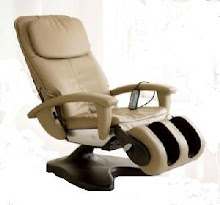Firstly, a topper is placed over the top of a mattress – hence its name. It can be held in place by straps or elastic corner bands and its position is secured when the cover sheet is placed over it.
Toppers can be made of all kinds of fillers and this is where their advantages come to the fore.
Most people buy fairly cheap beds that use springs, normally open coil springs where each spring reacts with its adjacent counterparts.
Adding a topper to a mattress like this can add an additional bedding performance material to the bed.
Many toppers use one of the memory foam materials as a filler, with their slow recovery springyness and unique trait of shaping around whoever is sleeping on them.
The outcome of this is that a spring based bed can be transformed into something more like a multi material bed composed of both springs and memory foam. Beds like this cost a lot of money and the use of a topper can make this transformation very cheap indeed.
The reason why you would do this is not to make your mattress last longer, but to give it the qualities of a superior bed, but at a fraction of the price.
Toppers are not only filled with memory foam. They may have fillers of feathers and down, regular foam or organic materials like wool. This opens up a lot of choice and it means that you can really customise the way that your mattress feels.

